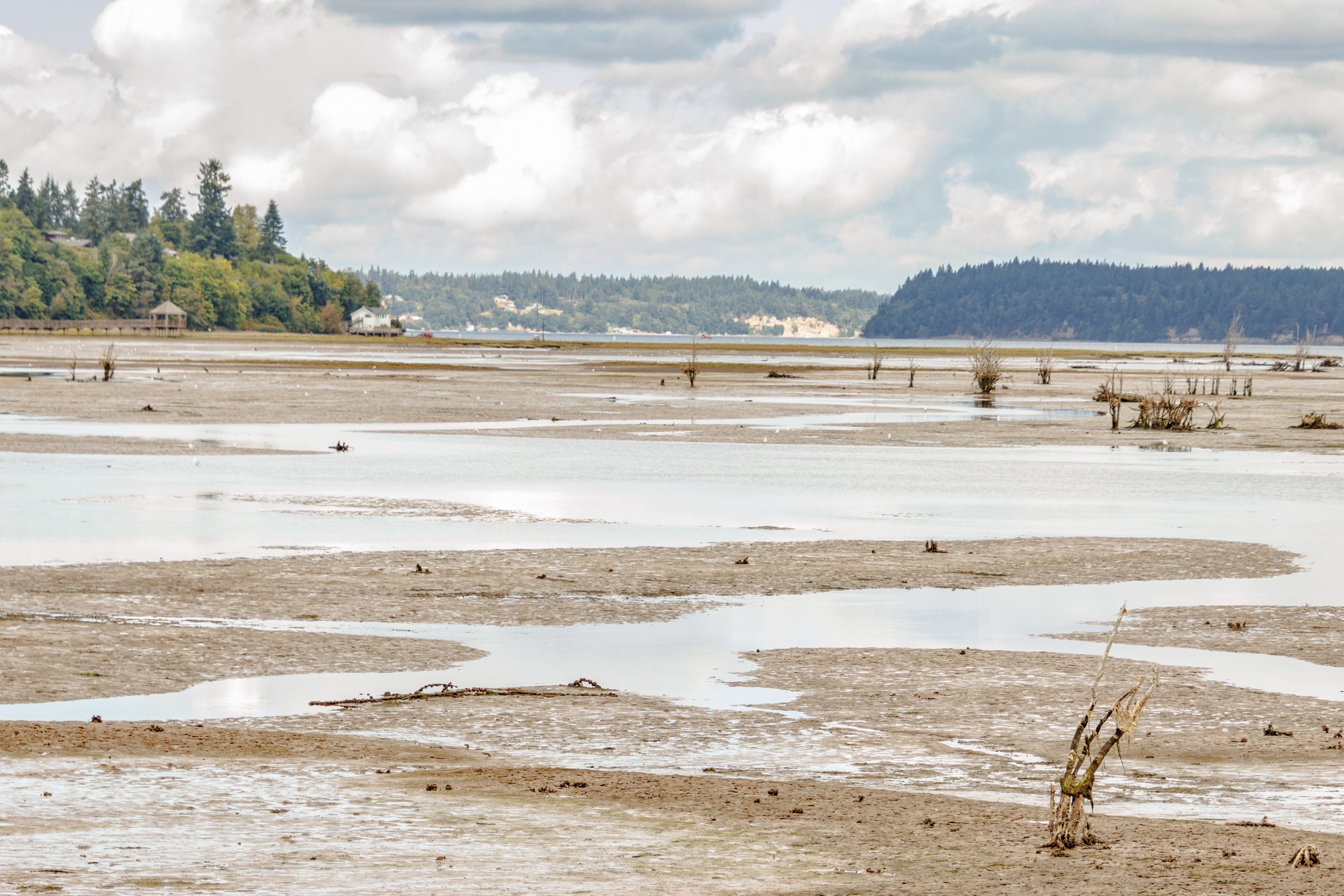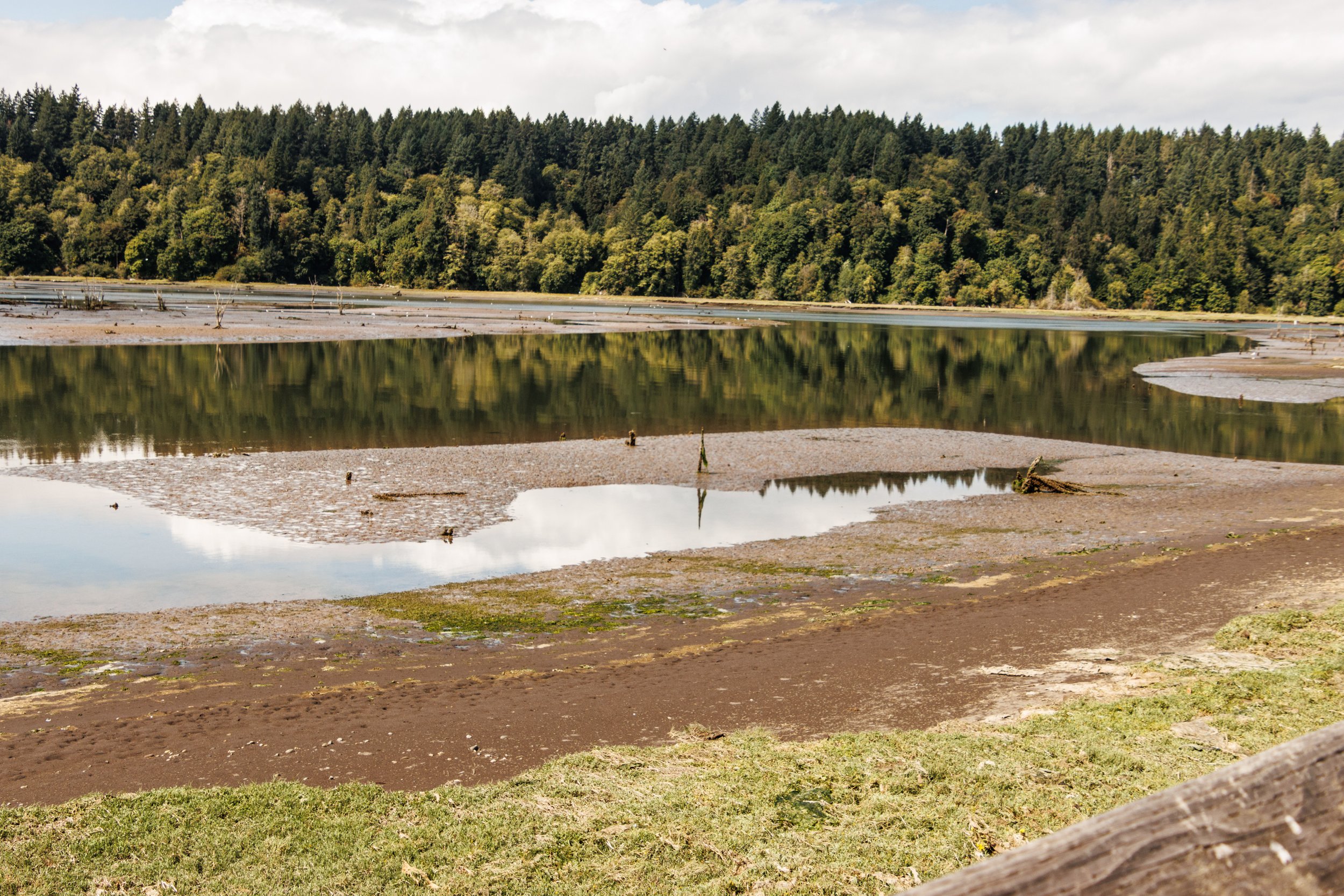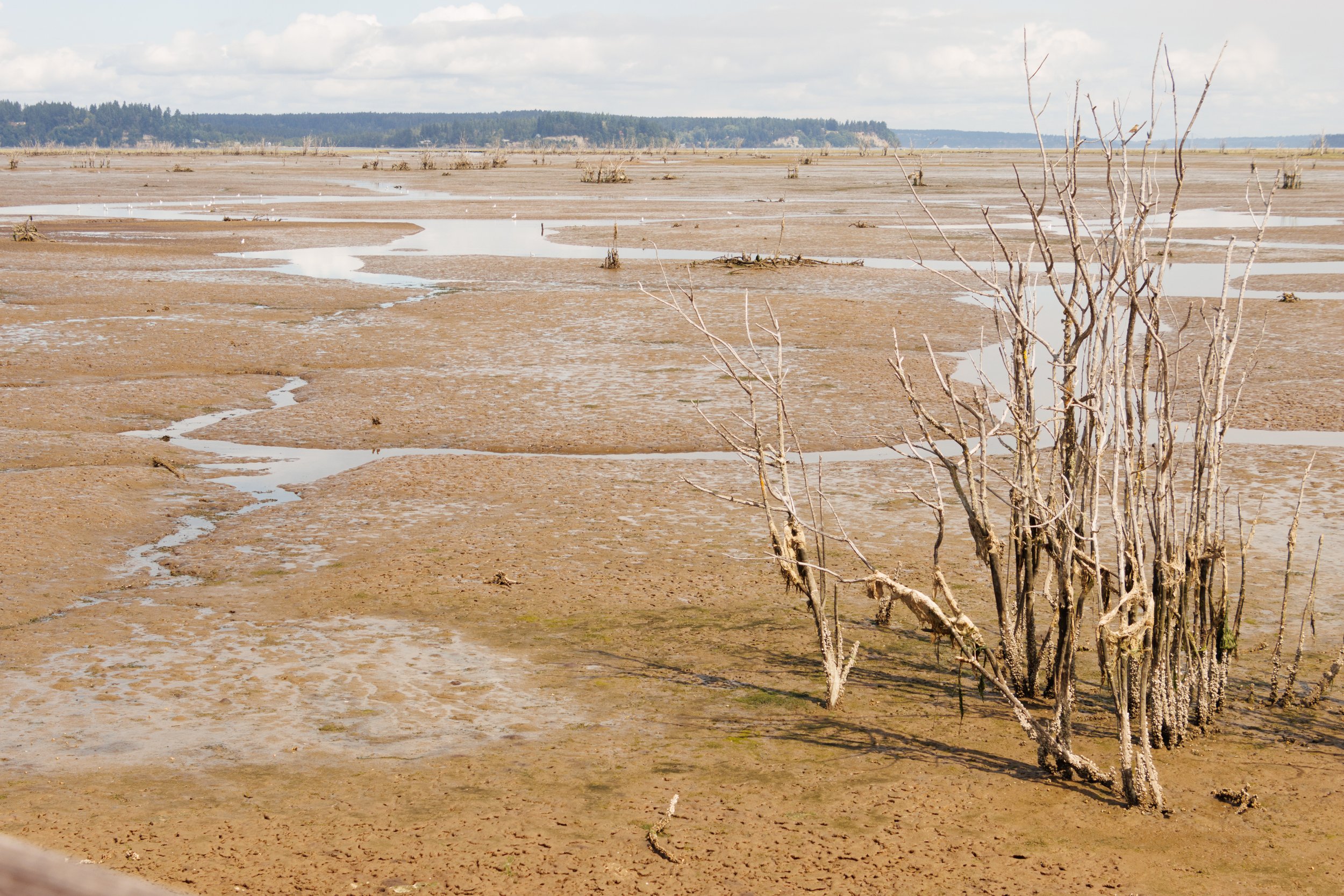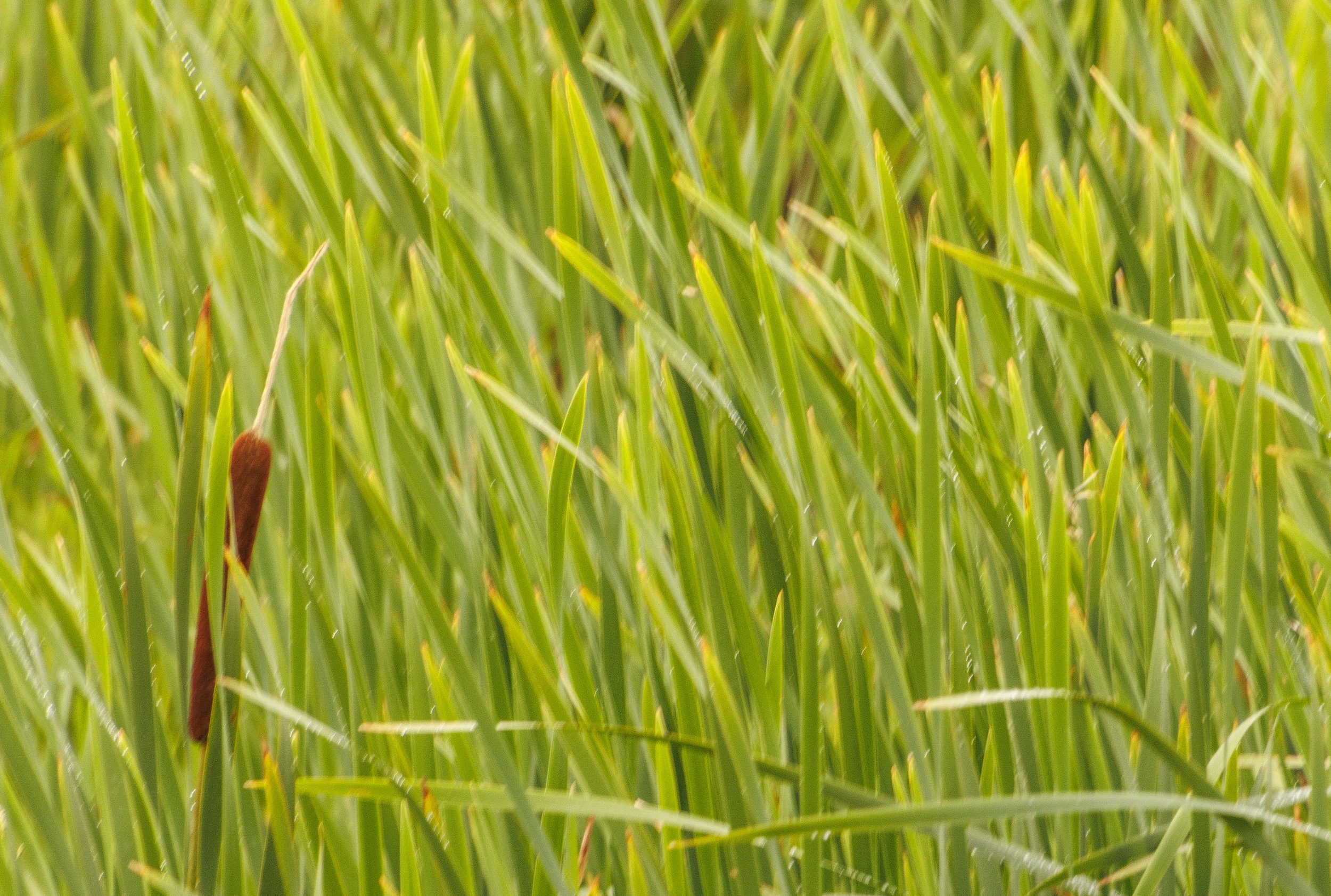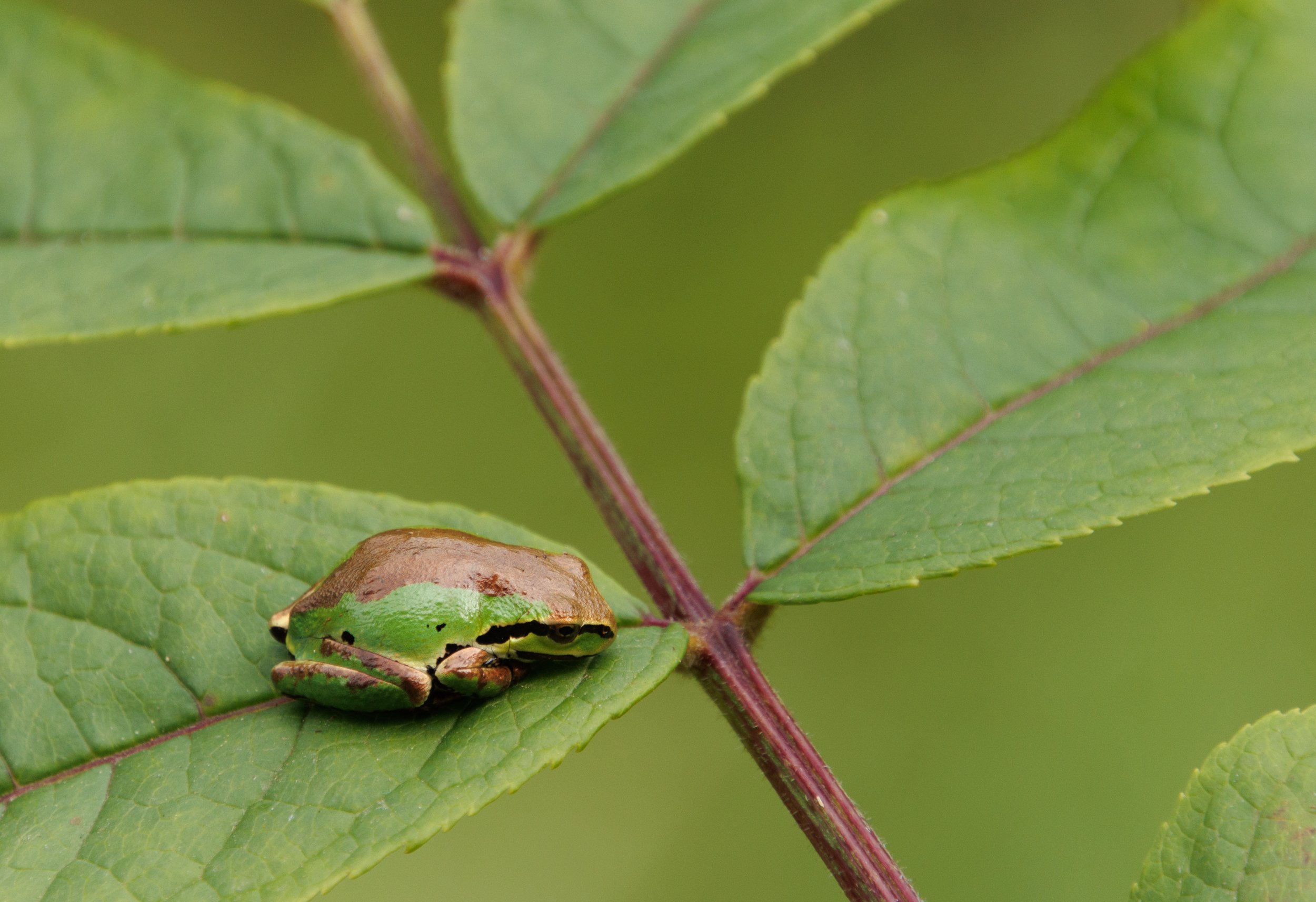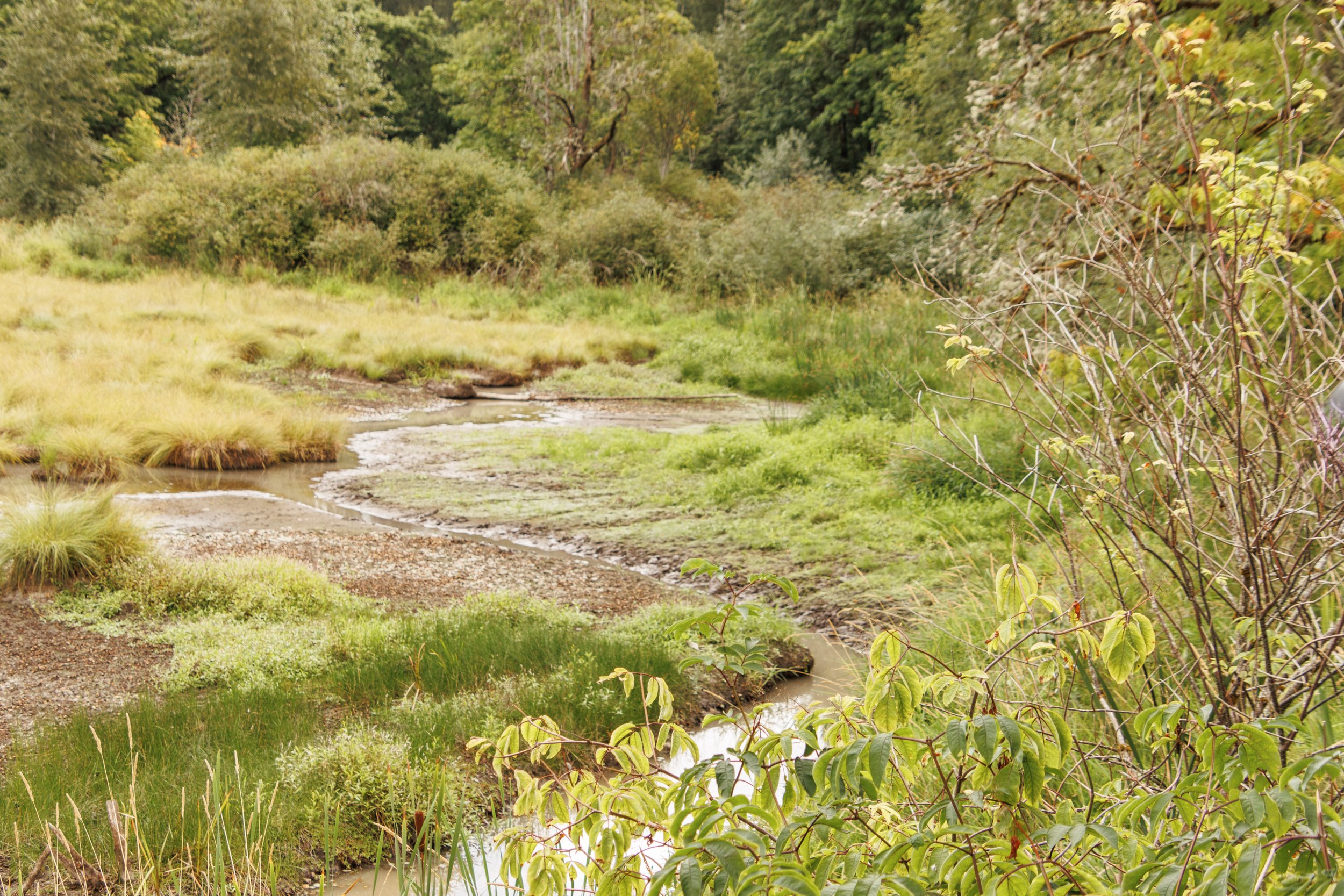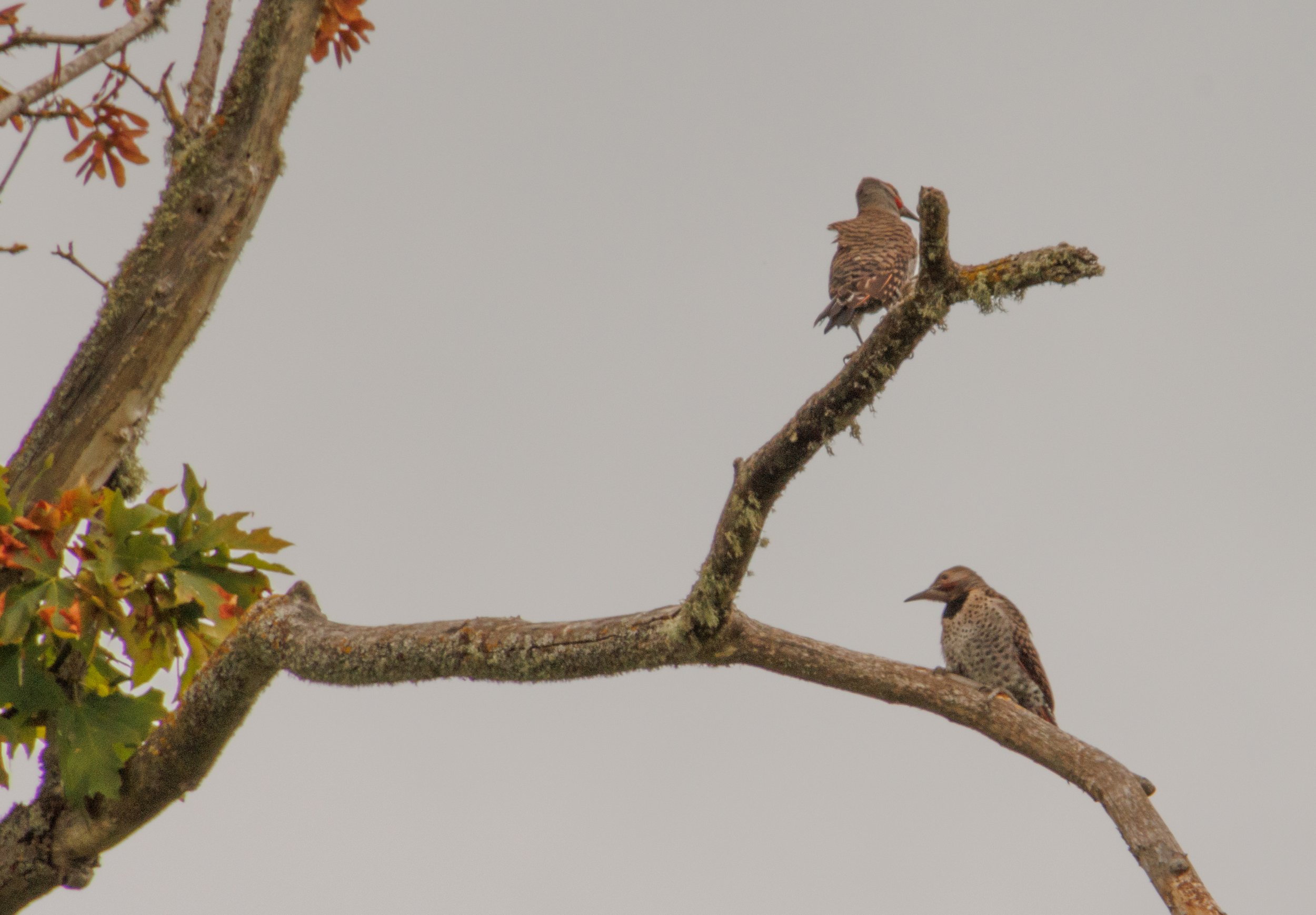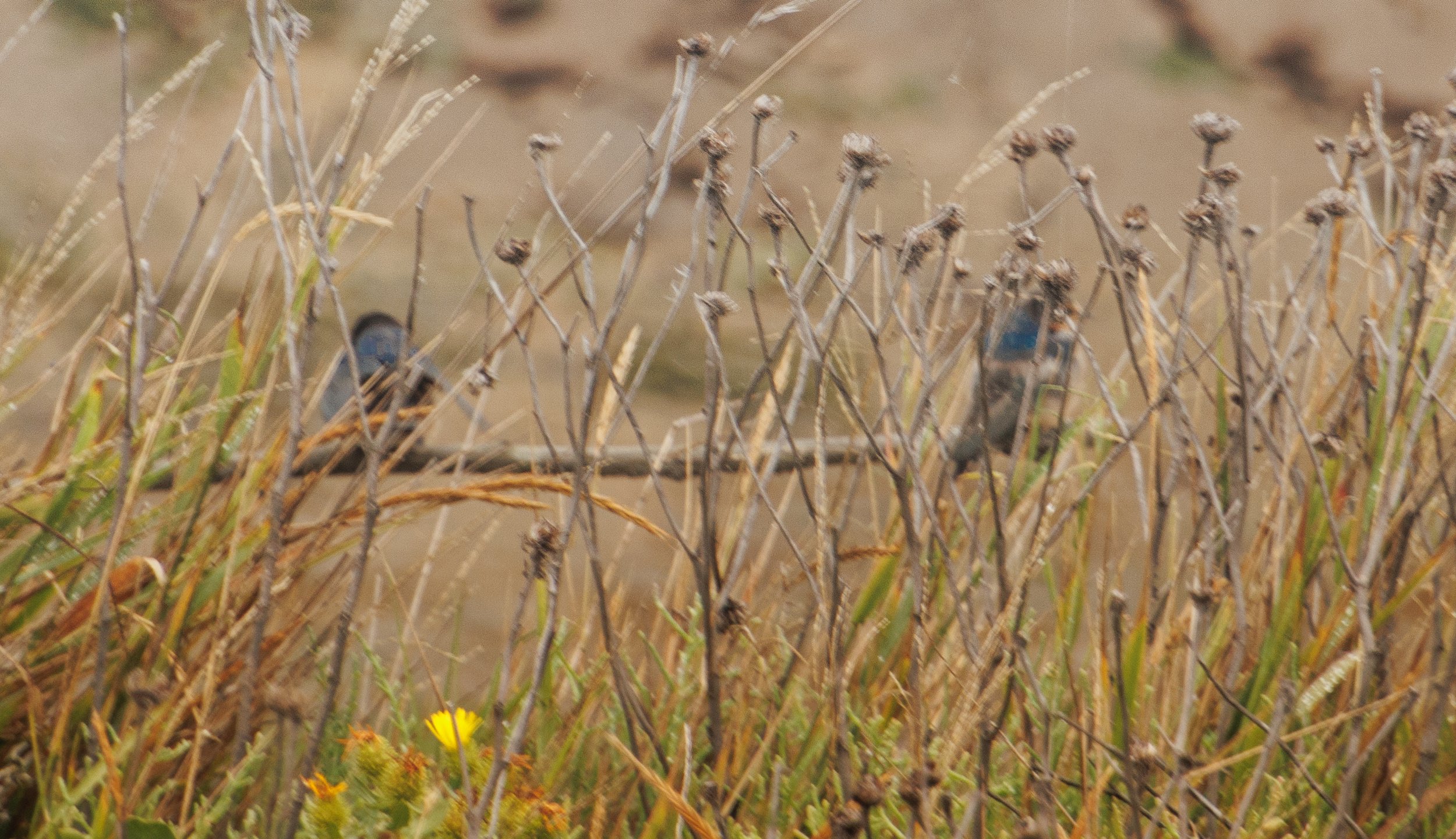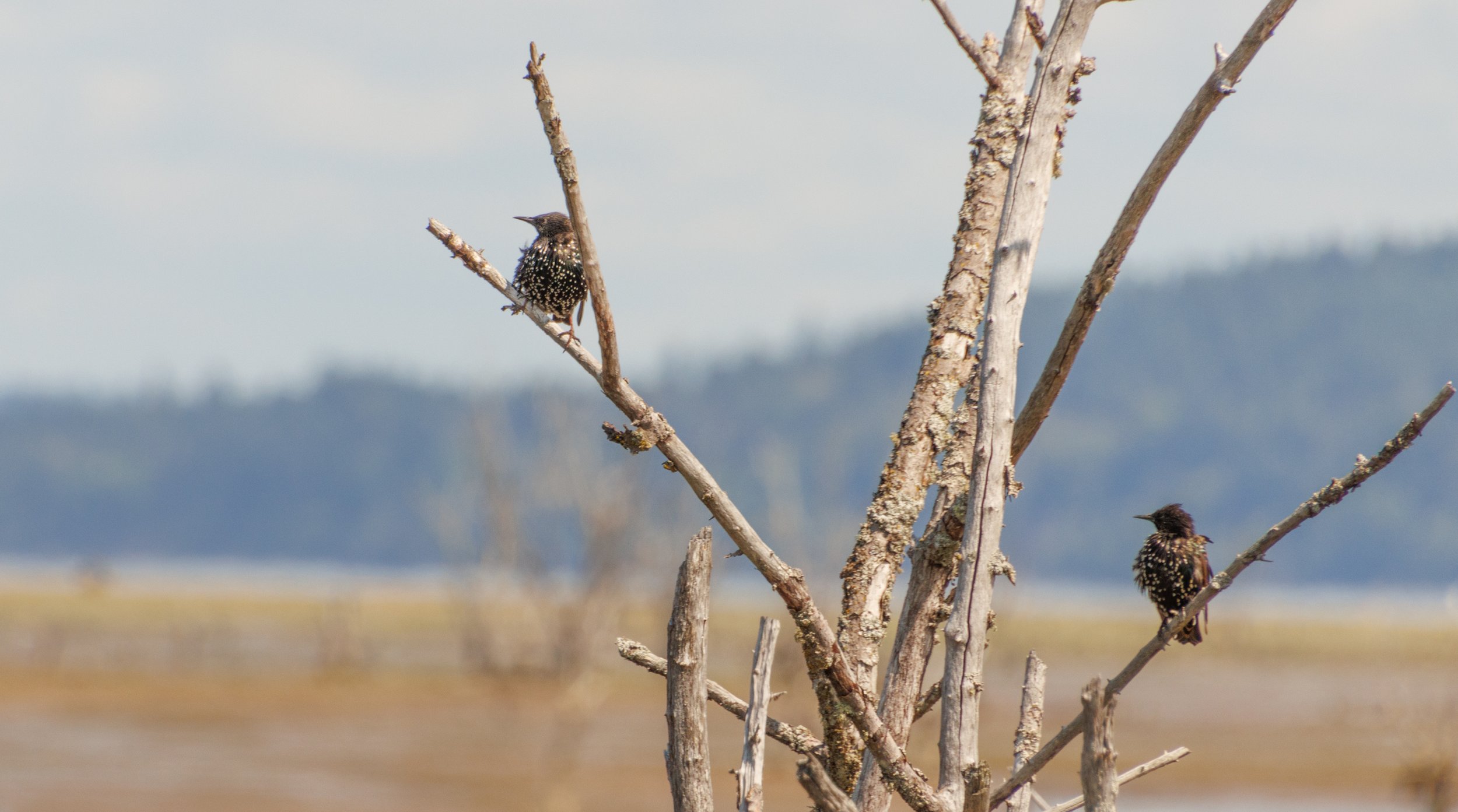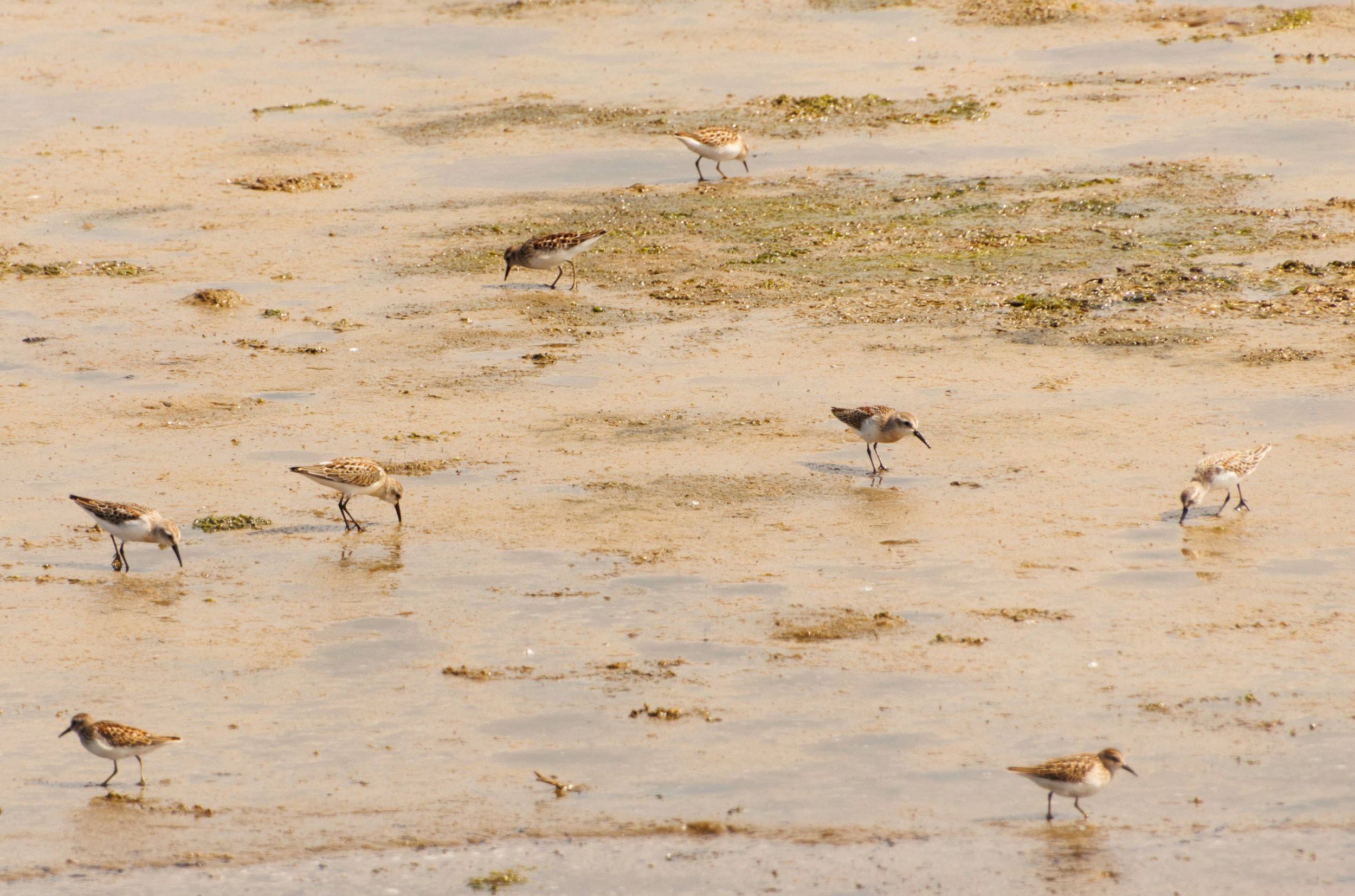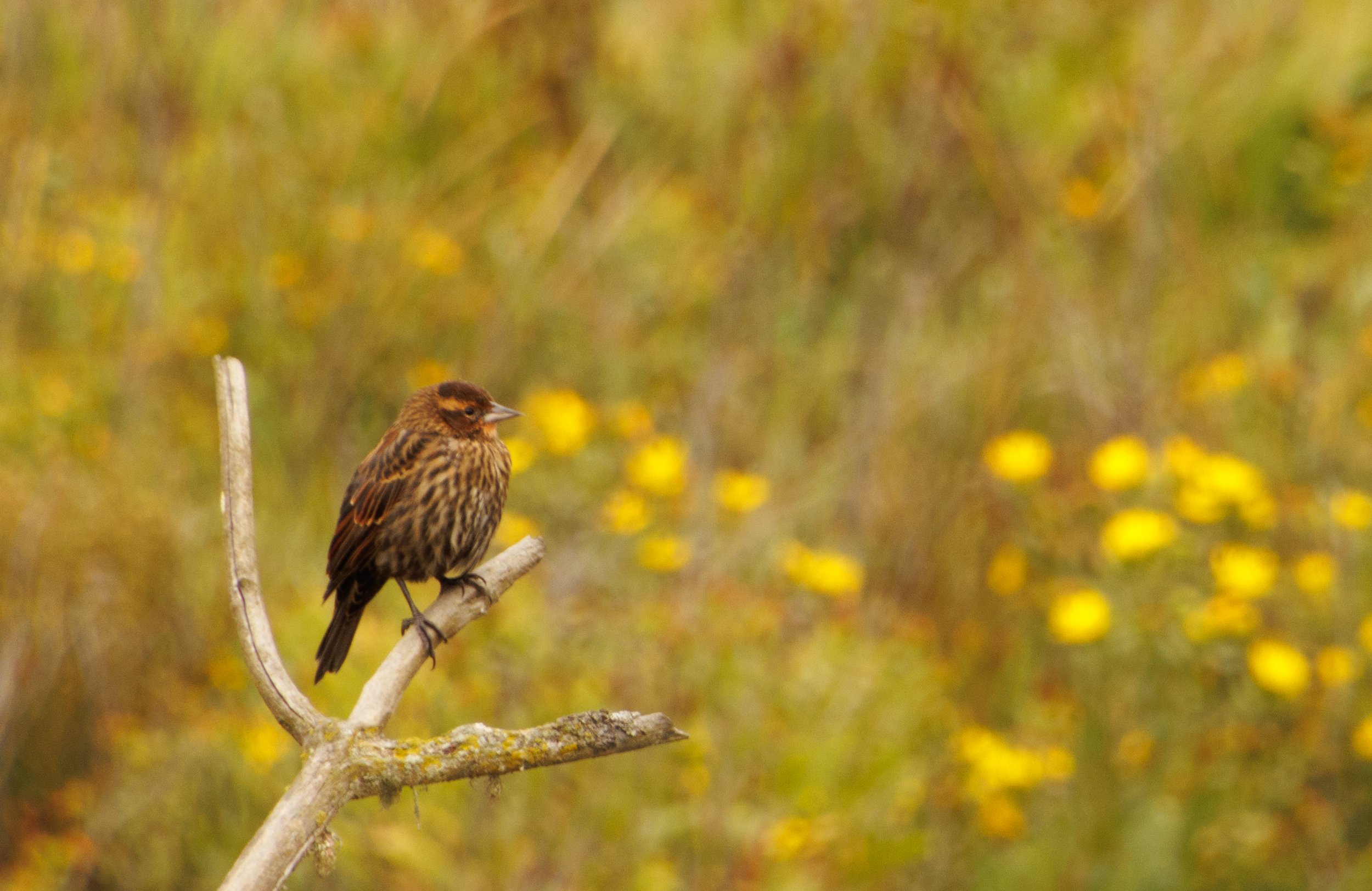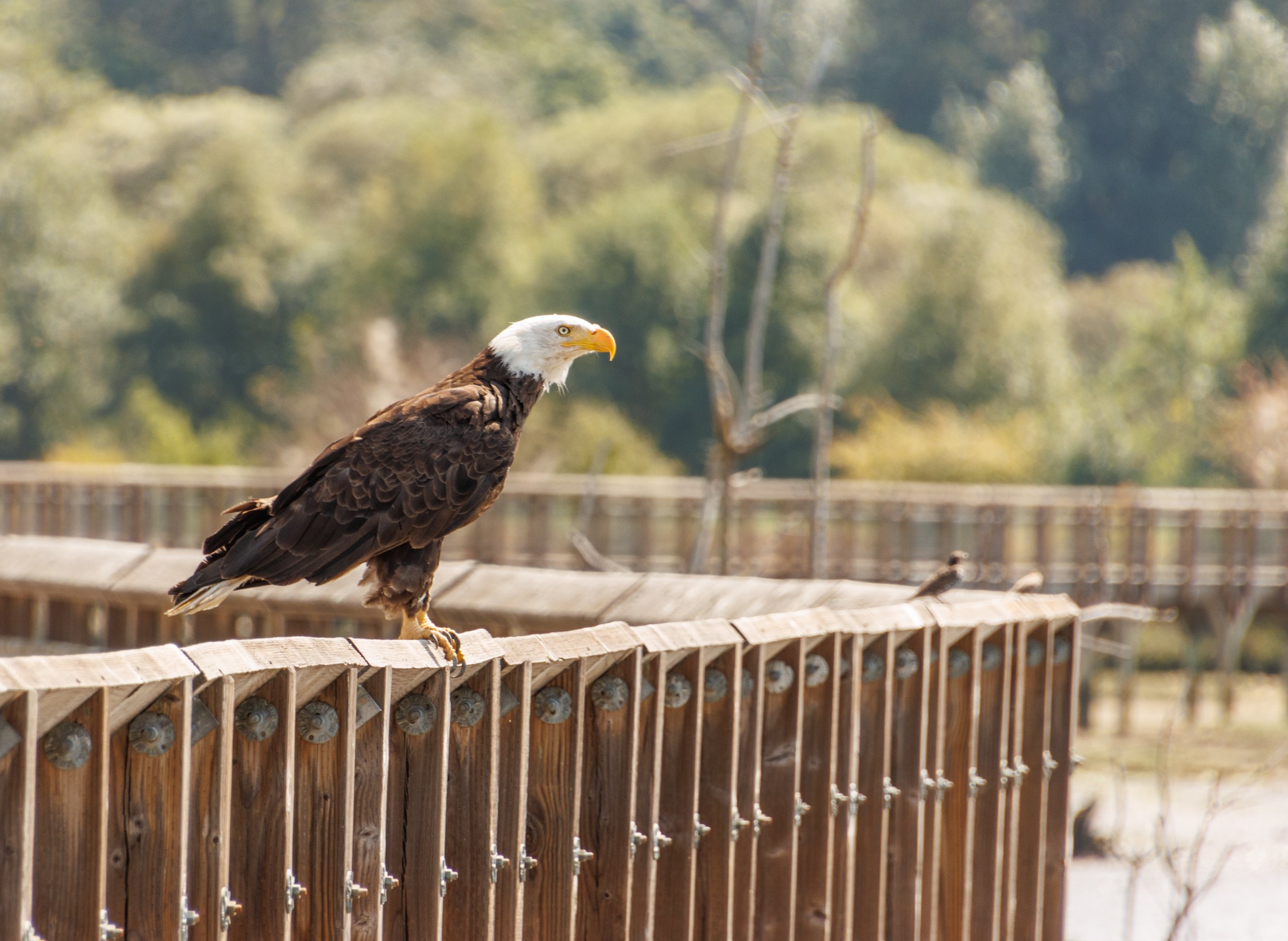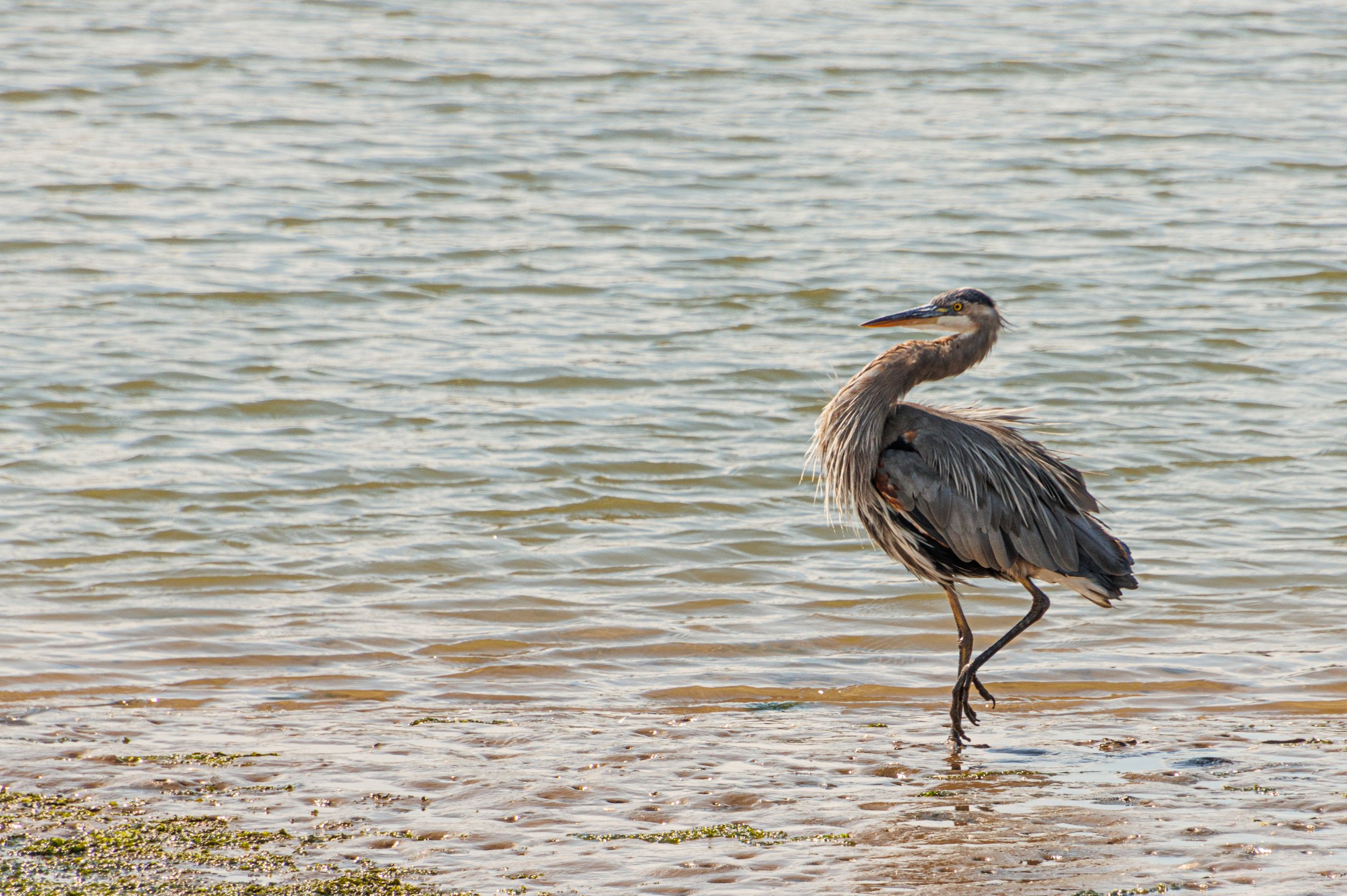Billy Frank Jr. Nisqually National Wildlife Refuge
Near Olympia, where the Nisqually River flows into Puget Sound, is one of the most varied environments in Washington State, providing a medley of different surroundings for 250 species of birds, 95 species of fish, 7 species of amphibians, and 60 species of insects. The Billy Frank Jr. Nisqually National Wildlife Refuge is a gift to the animals and a gift to its visitors.
The Nisqually River Delta is the largest estuary in Washington State. With the mixture of seawater and river water, an assortment of unique environments is created, providing a home for fish and wildlife. It contains an estuary, mudflats, fresh water marshes, grasslands, woodlands, and brush. A four-mile, round trip combination of trails, including a mile-long boardwalk that extends over the estuary, explores all those habitats and the possibilities of seeing wildlife.
In January, 1974 the area was established as a National Wildlife Refuge in to provide habitat and nesting areas for birds and other waterfowl. On December 15, 2015 President Obama renamed it to the Billy Frank Jr. Nisqually National Wildlife Refuge, in memory of Billy Frank, Jr., an environmental and tribal activist and leader of the Nisqually Tribe, who was instrumental in the passage of the Boldt Act in 1974, returning Native Americans rights to fish in places they had been accustomed to. In 2021 the Washington State Legislature voted to place a statue of Frank in the National Statuary Hall of the U.S. Congress, replacing one of Marcus Whitman, an Oregon Trail pioneer. Seattle Artist Hai Ying Wu was selected to design the statue which is expected to be placed in Washington D.C. by the end of 2024.
Much farther back in history, the Nisqually tribe inhabited this area for thousands of years and had established fourteen permanent villages. In 1834, the Treaty of Medicine Creek, required that tribes "cede, relinquish, and convey" all their lands to the U.S. Government. In their places the Treaty created three reservations for the Nisqually people. The most significant reclamation project was when between 1904 and 1919 Alson Brown, an attorney in Seattle, bought and drained 2350 acres of salt marsh between McAllister Creek and the Nisqually River. He then built four miles of dikes to convert to freshwater farming. Brown was recognized for his experiment with “modern farming”, using all the latest in equipment and methods for growing crops and raising poultry and dairy cows. The original two barns that housed the cows were destroyed by fire, but the subsequent owner replaced them in 1934, and they are still standing today and in use for bird research.
With the growth of and demand for more electricity, salmon survival was challenged by the building of several dams in the area. By 1955 fish populations had significantly fallen and at least one run of Chinook salmon had become extinct. In 1965 the Port of Tacoma released a proposal to expand its deep-water function, broad rejection of that proposal, especially by the growing number of environmentalists. The Nisqually Delta was one of the last unspoiled natural areas in Puget Sound. Despite the hard work of the ports of Tacoma and Olympia, the State Department of Game purchased 283 acres to begin the development of a "wildlife management area, open to public hunting for ducks and other waterfowl".
In July, 1971 and operated by the U.S. Fish and Wildlife Service the almost five square mile refuge received its designation as a National Natural and was added to the National Park Service’s Registry of Natural Landmarks. In 1974 the U.S. Department of the Interior purchased the acreage of the Brown Farm and created the Nisqually National Wildlife Refuge. Then in 2009, in a partnership with the Nisqually Tribe and Ducks Unlimited, a $13 million restoration project was completed that increased Puget Sound saltmarshes by 50%. The dikes from the Brown Farm were removed and 762 acres were reverted to estuaries, returning the land to nature, and providing habitat to expanding wildlife, especially the salmon. The Nisqually River Basin was recently listed among the ten most important rivers in Puget Sound for salmon recovery, in part because the lower portion of the river is considered among the best remaining intact salmon habitats.
The day Sheryl, Stephen and I visited, the weather was northwest typical, starting out gray with a few sprinkles, then clearing to bright , warm sunshine in the afternoon. The one-mile Twin Barns Loop Trail took us through wetlands, along the Nisqually River. There we saw two Northern Flickers hopping from one branch to another, several ducks, likely mallards, a large turtle, and dozens of teeny tiny Pacific Chorus Frogs.
By the time the sun came out we were happily walking along the Estuary Boardwalk. With the tide out, we were enjoying the wide-open spaces of the estuary. During our time there we saw at least seven different types of birds including two several other flickers, different types of swallows, two of which sat on the same branch for the entire time we watched. A horde of sandpipers were searching through the mudflats looking for food. Great blue herons were graceful as they repositioned themselves in so many different statuesque positions. And a mature Bald Eagle sat on a railing as we looked at each other wondering which of us would move first. The eagle suddenly lifted itself in the air, and with its broad wingspread, flew away, maybe to find some other humans to examine.
Returning to where we started we once again passed through the Twin Barns Loop with its dense foliage and still ripening blackberries. Signs remind walkers to be sure and leave some berries for the birds.
At the Visitors Center a small crowd was forming under the building’s high gables where two baby swallows were peeking out, looking at all the curious visitors looking back at them.
No matter which season visitors come to the Billie Frank, Jr. Nisqually National Wildlife Refuge, they are likely to see a large variety of wildlife. Each season has its most common species, as demonstrated on the website. I can’t wait to return later in the fall, and the winter, and next spring!




